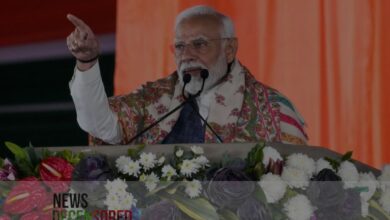As Russian sales collapsed, The US and France led global arms exports

A new report by the Stockholm International Peace Research Institute (SIPRI) highlights a surge in global arms sales driven by rising anxieties about China, Russia, and Iran.
Tighter state budgets due to perceived threats have fueled arms purchases in Europe, the Middle East, and Asia over the past five years.
The war in Ukraine significantly impacted European arms imports, doubling between 2019-2023 compared to 2014-2018. Ukraine itself became the largest regional importer and the fourth largest globally.
The United States remains the world’s top arms exporter, accounting for 42% of the global market, up from 34% previously. This dominance is partly due to the US being the only country with a deployed fifth-generation fighter jet (F-35 Lightning II), prompting many allies to upgrade their air forces. Western allies like Japan, Australia, and India are also major arms importers.
European arms manufacturers have benefited from the global climate. France, for example, became the world’s second-largest exporter, surpassing Russia, while Italy’s exports nearly doubled. France’s fighter jet sales, particularly the Rafale, have seen a significant rise. Europe as a whole exported 31% of the
world’s arms in 2019-2023.
South Korea has emerged as a significant arms supplier, notably with a major contract to provide tanks, artillery, aircraft, and missiles to Poland.
Russia, once the US’s main competitor, has seen its exports halved to 11% of the global market. This decline is partly due to resource allocation for the Ukraine war and a loss of export customers. China, a previous major client, has become a competitor by producing its own weapons, while India, another long-time Russian arms importer, has begun questioning Russian technology and delivery
reliability.
Experts see an opportunity for Europe to reduce its reliance on US arms by bolstering its own production capacity and supplying Ukraine more readily.
Shifting Dynamics:
The report suggests a potential shift in European arms procurement, with a move towards greater self-sufficiency within the EU.
Public opinion has also shifted, with initial shock at the Ukraine invasion leading to increased support for arming Ukraine.
Unresolved Issues:
French President Macron’s call for greater EU independence in arms production remains a point of contention within the bloc.
The SIPRI report sheds light on the complex interplay between global political tensions and the international arms trade. While the US retains its dominant position, Europe’s growing production capacity and a potential shift in customer preferences from Russia to the West could have a significant impact on the future of the global arms market.




